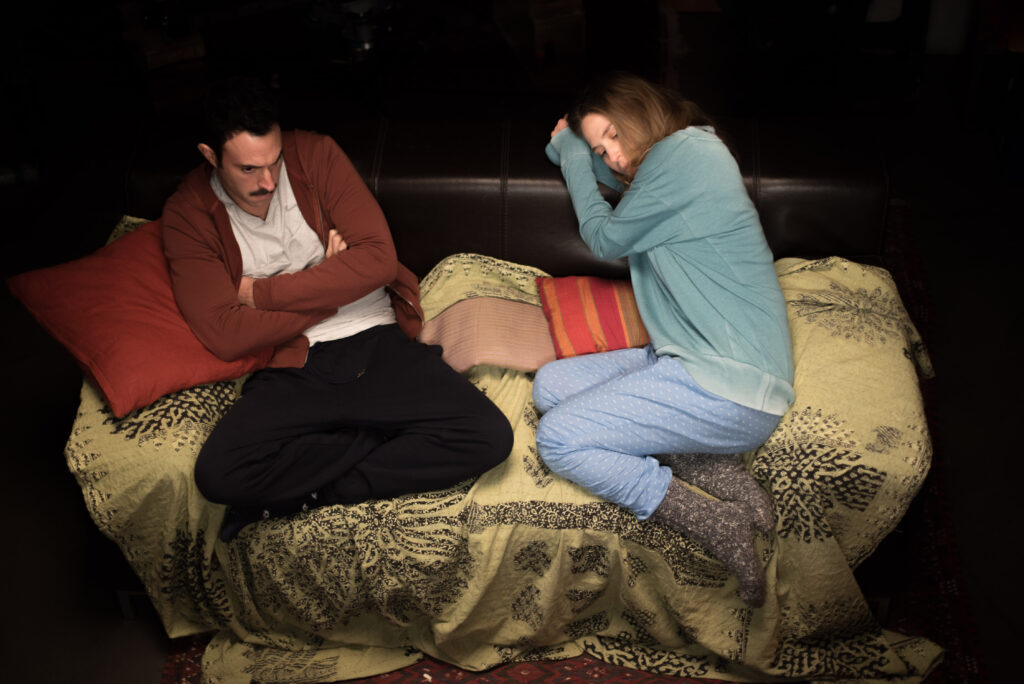Article by Carlotta Pegollo
Translation by Francesca Borgheresi
A couple of actors decide to participate in the television program “Scheletri nell’armadio” (“Skeletons in the closet”), in which they have to tell their love story without any filter or secret. Lucia’s idea (Barbara Giordano) is to let the audience know about her using the catch of a national-popular show, which now seems to be the only way to achieve popularity besides social networks. Paolo (Alessio Vassallo), instead, is reluctant to the idea of showing his secrets, but he will be persuaded by the perspective of job. They swear to each other that they will only tell the truth on camera, even if, being actors, they can alter it a bit for the audience. A complete fiasco.
Leggi tutto: “Indagine su una storia d’amore” by Gianluca Maria TavarelliGianluca Maria Tavarelli, author and screenwriter of Indagine su una storia d’amore (“Analysis of a love story”), performs an autopsy on this relationship, which the spectator looks at with a voyeuristic taste. From the beginning of the film, in fact, we already know how the relationship of Paolo and Lucia will end, but we are captivated by a kind of morbid curiosity, on which the script and the staging pry. The facts that are shown and told will end up being wrong. Everything is uncertain and put under question in a way that leaves the audience unable to understand who is right. By doing this with a multi-layer and multi-sense narrative, Tavarelli constantly keeps the interest of the audience alive, so that they don’t have time to relax – or worse – to get bored. Thanks to this device, he doesn’t risk appearing trivial with an ordinary topic in this hyper-exposition era.

That which provides the attraction mechanism in the audience is to find how things really went, spying on the couple’s private reactions while on their own rediscovery. But since lies are always more intriguing than truth, Paolo becomes the real protagonist of this story. In fact, the audience knows a lot more about Paolo than Lucia does, a character that seems far too functional, if not just the litmus test of her partner’s behaviour. Alessio Vassallo manages to put on stage a good degree of measure even in the most desperate moments, such as when he attempts suicide. ( we give credits to Alessio Vassallo for some moves taken in the most desperate moments like attempted suicide) A quality that Paolo shares with the other characters too, also thanks to the irony with which Tavarelli colours the whole film, moving between an excessive exuberance and a comic lightness.

